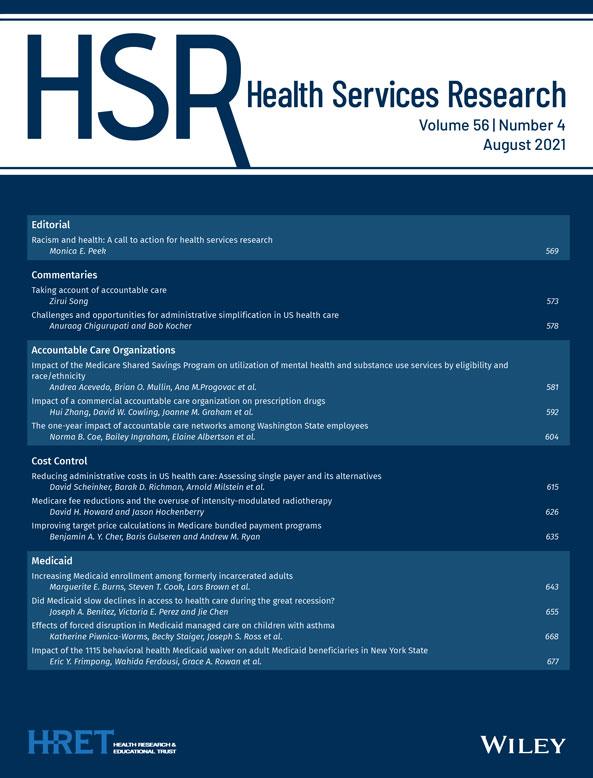Headline
Systematic review finds mixed results for health information technology (HIT) in enhancing coordinated care and improving health outcomes for people with multiple chronic conditions.
Context
There are promising applications of HIT to support providers in clinical decision making for people with multiple chronic conditions, but there are still many knowledge gaps in HIT use and effectiveness. This systematic literature reviewed HIT in interventions for people with multiple chronic conditions across three domains: self-management, care coordination, and advanced analytics. It also assessed their functionality and effectiveness to improve health care delivery and outcomes.
Findings
Nine randomized controlled trials (RCTs) and 35 other studies met inclusion criteria. The authors’ analysis of the studies across the three domains revealed that five of the RCTs showed positive results corresponding to improvements in health care delivery and outcomes, while the other four RCTs found the interventions had no effect. Furthermore, HIT interventions focused on self-management support showed promising results in two studies, while those focused on care coordination have yet to demonstrate any positive change on the quality of life and activities of daily living for people with multiple chronic conditions. The researchers also found that there are several gaps in knowledge on the application and effectiveness of algorithms and advanced analytics tools for clinical decision support as current studies show little to no promising results.
Takeaways
There is a growing need for more research in HIT to understand how best to apply these tools to optimize care and improve the health outcomes for people living with multiple chronic conditions. HIT tools have shown promising results in supporting providers in delivering integrated, coordinated and data-driven care, and patients with managing their care outside of the clinical office. Research efforts should focus on identifying more effective applications of HIT and exploring solutions to current limitations in HIT infrastructure such as poor usability, lack of interoperability, and workflow integration.



